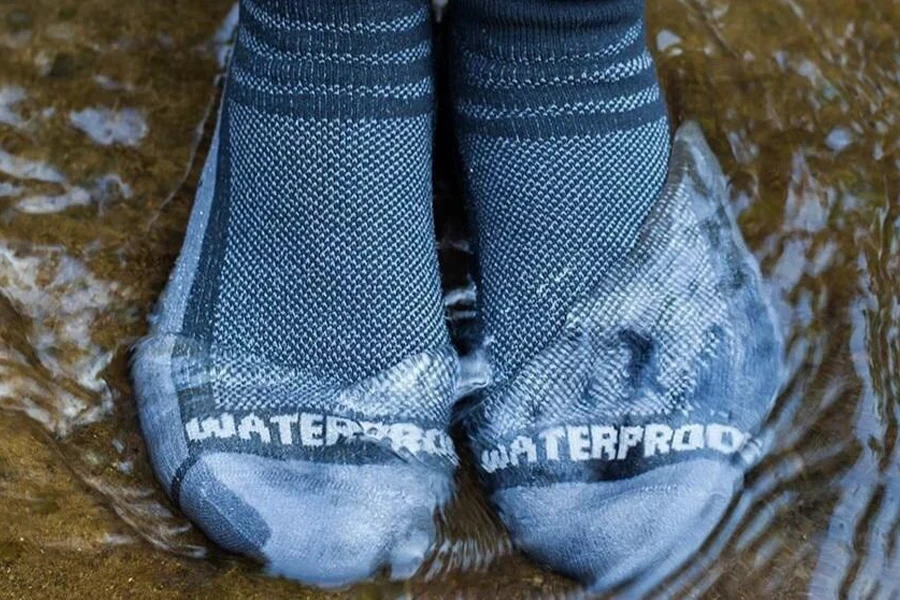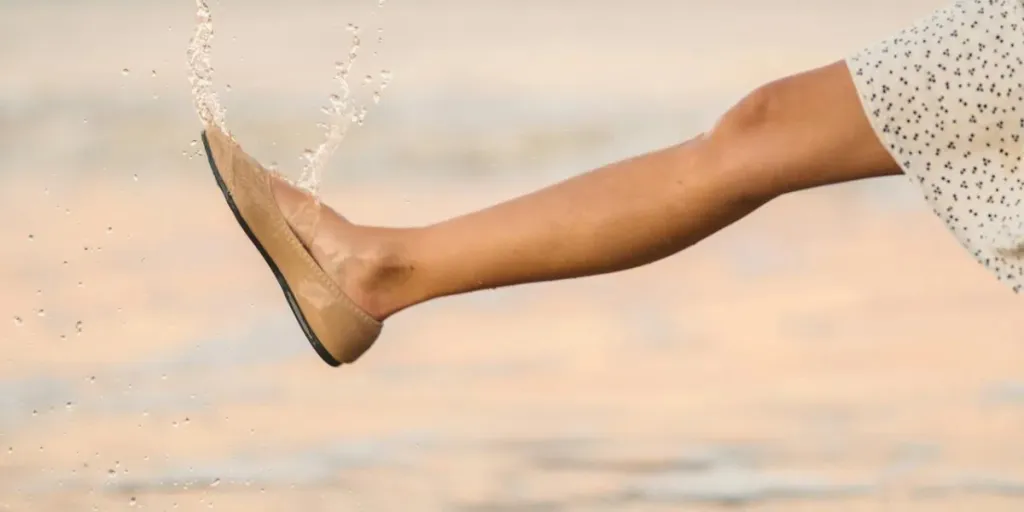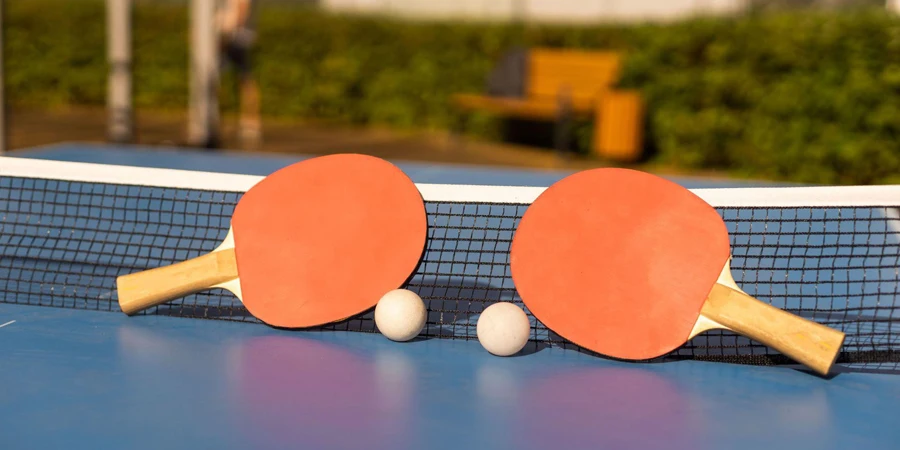Consumers who love aquatic adventures may struggle when it comes to sourcing suitable water-based footwear, asking themselves: should I go with water shoes or water socks? From hardcore ocean swimming to casually splashing around currents and waterfalls, donning protective footwear is a great way to avoid damage and discomfort from abrasive rocks, stinging jellyfish, icy currents, and slippery surfaces. While water shoes and socks protect the feet, they do so differently, meaning that some consumers prefer one over the other.
So, which one should businesses focus on? Here, we’ll compare the two to help sellers determine which are likely to be the most profitable in 2024.
Table of Contents
The state of the water footwear market
What are water shoes and water socks?
Important differences between water shoes and socks
Water shoes vs. socks: Which is the better investment?
Final verdict
The state of the water footwear market
The water footwear market is growing fast. Experts predict the market will increase from USD 160.8 million in 2022 to USD 225.5 million by 2032 at a CAGR of 3.4%.
According to the above report, plastic is the most popular material for this footwear, followed by fabrics like neoprene. Men are currently buying more water footwear than women and children, making them the dominant segment in this market. Regionally, experts predict North America and Asia Pacific will gain the most traction over the forecast period.
Finally, water footwear has also found a following in streetwear circles and among certain celebrities, helping to further boost market demand.
What are water shoes and water socks?
Water shoes and socks may both offer impressive foot protection in aquatic environments, but their differences start with their appearance. Water shoes are like slip-on shoes, featuring rubber soles and tight, stretchy uppers made from neoprene or mesh. They also feature narrow cuffs that create a snug fit around the ankles, giving wearers even better security.
In contrast, water socks don’t look any different from regular socks. However, they take a different route regarding materials, usually featuring neoprene, the same type of material used for wetsuits. Water socks also come in different lengths, allowing consumers to achieve different looks and levels of protection.
Usually, snorkelers and surfers prefer water socks for their protection and insulation, while other consumers use water shoes when hanging out on rocks or transitioning from land to water. However, water shoes have seen a surge in recent years, with more people using them for hardcore swimming and kayaking.
Important differences between water shoes and socks
Weight
Some consumers care a lot about the weight on their feet, so they factor it in when choosing their perfect footwear. It’s important to weigh up the differences because both water shoes and socks and occasions when they may be heavier. For example, water shoes have rubber soles, which makes them heavier than socks on land and may also create annoying drag when swimming.
Water shoes, meanwhile, have a mesh upper that allows water to easily move in and out of them. Water socks do not, and will trap water next to the feet instead. For this reason, water socks feel heavier in the water.
Insulation

When water socks trap water around the feet, it has a special function: to provide insulation. This makes them a better option for consumers looking for something to shield their feet from icy water.
In comparison, water shoes don’t offer as much insulation, especially those made with mesh uppers (though they are better in terms of breathability). Nevertheless, water shoes made from neoprene can help insulate the user’s feet similarly to water socks.
Protection

As mentioned earlier, the main purpose of water shoes or socks is to protect against anything that could harm the wearer’s feet. However, water shoes offer a lot more protection than their sock counterparts, with their outsoles better guarding against walking on surfaces that may have sharp shells, rocks, and broken glass.
But that doesn’t mean water socks don’t offer some protection. Although they’re less effective and uncomfortable to use on land, they should stop anything sharp from damaging the feet. This issue aside, water socks are suitable for protecting against coral reefs and jellyfish stings while diving.
Traction
Water shoes’ rubber outsoles are also great at providing traction when swimming in rivers and lakes. The amount of traction will depend on the shoe type. Water socks may be much less efficient when it comes to providing extra grip on slippery rocks.
Versatility
Water shoes and socks can both handle their fair share of water-based activities despite their differences. Water socks are great for walking on beaches, diving, snorkeling, paddleboarding, kayaking, crossing rivers, and fishing, etc. However, despite some consumer’s preference for using them on dry land (especially as a fashion statement) when hiking and canyoneering, they don’t quite hold up as well as water shoes on land.
Likewise, water shoes may not be the best for swimming long distances, but they still provide enough comfort to walk, move, and paddle around. They are also great for diving, surfing, and snorkeling.
Water shoes vs. socks: Which is the better investment?
Simply put, water shoes are great for use on dry land and paddling activities, but are usurped underwater by water socks – hence, the best choice will depend on what the consumer wants to use them for.
However, going by Google Ads data alone, water shoes registered 110,000 searches in January and 135,000 in February 2024, a 10% growth.
Water shoes, though exhibiting much fewer searches, also experienced a 10% boost in interest, going from 9,000 in January to 12,100 in February.
So, based on search interest, water shoes certainly have the upper hand, perhaps because of their better protection and a growing cohort of people even working them into their everyday wear. However, businesses can corner the market by offering both types of water footwear to maximize their chances of making a profit.
Final verdict
Water activities continue to gain traction, and many consumers are seeking out suitable gear for both protection and to look good. Businesses will want to keep in mind that water shoes are better suited for overland activities, while water socks excel during underwater activities.
No matter whether it’s shoes or socks you need, choose from thousands of water-related products from trusted suppliers on Alibaba.com.








